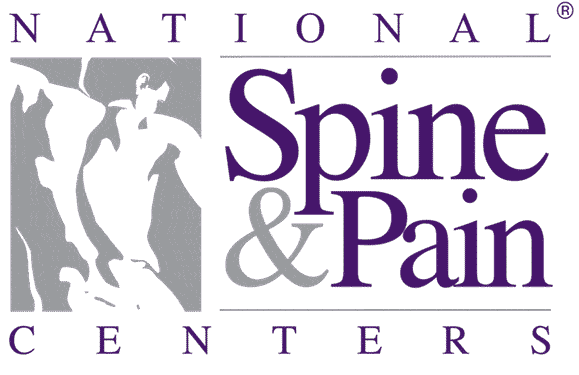Are You Still Suffering after Back Surgery? Gain Real Control Over Pain and Promote Your Own Healing
At StemCell ARTS, we see many patients seeking further medical intervention after they’ve had back surgery; especially when the surgery fails to deliver the mobility, activity level and quality of life that they were expecting. Patients who have had spinal fusion surgery tend to fall most often into this category.
After spinal surgery, the spine will lose some mobility in the repaired area, as it has been fused. This fusing forces additional stress in the areas above and below the fused section. If the areas of increased motion are not able to handle the additional stress, they can cause further injuries
Video: Treating Back Pain Following Surgery
[youtube id=”dP4s1Cm2B9o” width=”600″ height=”350″]
In many cases, the surgery may have actually been successful, in that it did repair the one issue that it was designed to address. The problem is that other issues in the back might still be present. For example, back surgery might repair a herniated disc, but miss a torn ligament, a damaged facet joint or a sacroiliac joint. These other problems, too often, can’t be fixed with surgery. The patient will often mistakenly feel that surgery was a failure, when the real answer is that it was not the solution to their problem. Alternative types of treatment must be considered in order to resolve these remaining issues and here, at StemCell ARTS we are at the forefront of Platelet Rich Plasma (PRP) and Platelet Lysate Therapy.
Currently, there are pain-specific diagnostic tools available to determine the true sources of continued pain after back surgery. To confirm whether additional back injuries are present, a local anesthetic or nerve block can be administered to accurately pinpoint whether a specific area is the source of the patient’s pain. If their pain is relieved by nerve block, then it confirms the diagnosis that the pain was in the desensitized area. Only after conducting a thorough review of a patient’s history, a physical examination and other comprehensive testing, can a diagnosis can be reached. Once diagnosed, a treatment plan, utilizing part or all of either PRP or Platelet Lysate Therapy, can be developed in order to promote healing.
Platelet Rich Plasma
Platelets initiate tissue repair by releasing growth factors. These growth factors start the healing process by attracting other cells that also repair, including critical stem cells. Platelet Rich Plasma therapy (PRP) intensifies this process by delivering a high concentration of platelets. This therapy involves a small sample of the patient’s blood being placed in a centrifuge to separate the platelets from other blood components. The concentrated PRP is then injected into problem areas whether they are weakened ligaments, injured joints or poor muscle attachments. The process significantly strengthens the body’s own natural healing process. StemCell ARTS’ system for deriving PRP is much different than other PRP providers and sets us far apart. Because our samples are all hand-processed, we are able to produce PRP that is free of contaminating red and white cells, which can inhibit the repair process. This same innovative process also allows us to customize the concentration and volume for each individual and each injury type.
Platelet Lysates
In certain cases, a patient may have residual nerve pain. In those isolated cases, we can apply a Platelet Lysate solution, as it is a wonderful healing agent for nerves. Platelets in the blood release powerful tissue growth factors that aid in the healing process. Normally, healing occurs naturally over time, but through the creation of a Platelet Lysate solution, a high concentration of growth factors can be released immediately into the injured or damaged area. At StemCell ARTS, we inject the solution directly into the spinal canal, thus allowing the nerves to return to their original integrity that they were before they were after they’ve been traumatized from the initial injury. Studies show that these Platelet Lysate injections can work better and longer than Epidural Steroid injections.
The potential net result of either PRP or Platelet Lysate Therapy has proven to contribute to a significant improvement in the residual issues that a patient can have after surgery, and a return to a full quality of life and previous range of activities can be expected.
